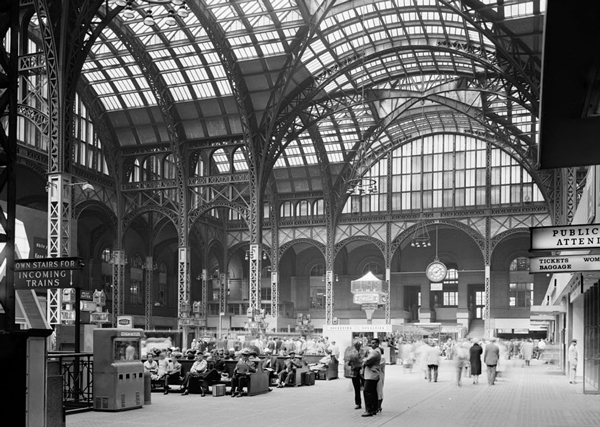
BY YANNIC RACK Over the last few weeks, a sweeping bill affecting the landmarking process that is currently wending its way through the City Council has received a flurry of attention, as alarmed preservationists scramble to stop it from becoming law.
If the bill is O.K.’d, the city’s Landmarks Preservation Commission, the principal safeguard of New York’s architectural history, would be required to consider any landmarks application within a set time frame.
Critics argue this would merely hand over many buildings worth preserving to eager developers since the commission currently has a backlog of 95 buildings, some of which have been on its calendar for decades, and often takes considerably longer than the proposed time frames to consider an application.
But not so long ago, the city didn’t have any protections in place for its historic buildings. On Sept. 3, 1959, an article in The Villager tried to bring attention to the area’s preservation needs.
“Protection of Greenwich Village’s remaining studios and structures of historic and architectural interest and importance was discussed at an emergency meeting last week in the home of Arnold Henry Bergier, well known sculptor, 131 W. 10th St.,” the article began.
Headlined “Emergency Plans to Protect Village,” the article detailed the assembled activists’ aim to amend the city’s zoning ordinance to restrict density and also require new buildings to conform to the neighborhood’s character and be limited in height.
The “picturesque studio house” where the gathering took place was, in fact, itself scheduled to be razed soon to make way for a six-story apartment building and a parking lot.
“It was brought out at the meeting that 19 American cities have such special zoning safeguards for historical and aesthetic values,” the article continued, adding that one architect and city planner who was present was currently working on drafting a similar proposal for New York City.
“The meeting also expressed the unanimous opinion that an appeal should be made without delay to Mayor Robert F. Wagner to suspend the granting of further permits for demolition of Village buildings, until a program of protection can be worked out,” the report stated.
The whole group likely rejoiced a few years later, in 1965, when the mayor signed the city’s Landmarks Law, which also established the Landmarks Preservation Commission — in response, partly, to outcries over the destruction of Pennsylvania Station in Midtown.
Today, there are more than 33,000 individual landmarks in New York City, most of them located in 114 historic districts and 20 historic district extensions in all five boroughs. Whether the commission and its process for considering new landmarks will be overhauled anytime soon, remains to be seen.

















